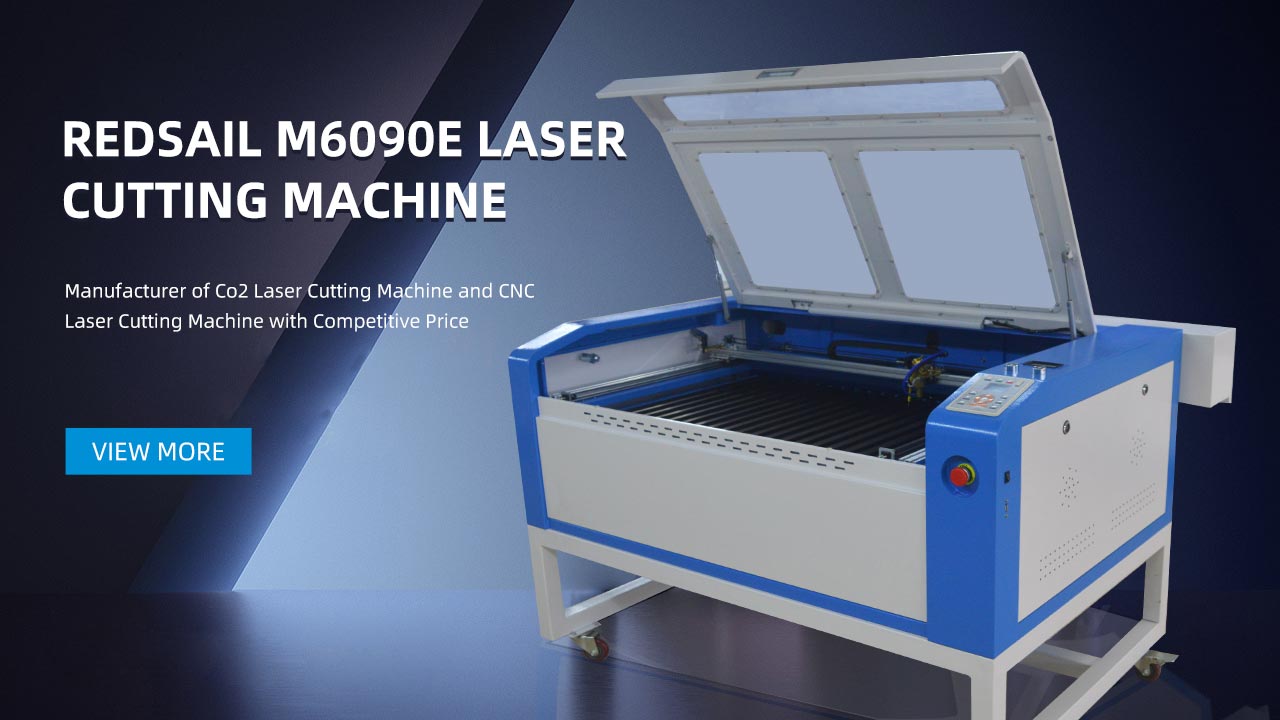What Makes a DIY Laser Engraver Exhaust System the Best Choice for Your Workspace?
When it comes to laser engraving, having a proper exhaust system is crucial for maintaining a safe and clean workspace. While commercial laser engravers often come with built-in exhaust systems, opting for a DIY laser engraver exhaust system can be a cost-effective and versatile solution for businesses and hobbyists alike. In this article, we will explore the benefits and features that make a DIY laser engraver exhaust system the best choice for your workspace.
1. Efficient Smoke and Fume Extraction
A DIY laser engraver exhaust system offers efficient smoke and fume extraction, ensuring that your workspace remains free from hazardous particles. This is of utmost importance as laser engraving processes often generate smoke and fumes that can be harmful when inhaled. By expelling these pollutants, a proper exhaust system promotes a healthier and safer environment for both operators and the equipment itself.
- Adequate Ventilation: A good DIY laser engraver exhaust system effectively removes smoke and fumes, preventing them from lingering in your workspace.
- High-Performance Filters: To further enhance air quality, some exhaust systems include filters that capture even the tiniest particles, making sure the air you breathe is clean.
- Proper Ducting: The exhaust system should be equipped with appropriate ducting to ensure efficient airflow and proper smoke and fume expulsion.
2. Customizable Design
One of the key advantages of a DIY laser engraver exhaust system is its customizable design. Unlike commercial options that come with fixed configurations, a DIY system can be tailored to your specific workspace requirements. This not only allows you to create a more efficient setup but also gives you the flexibility to modify and upgrade the system whenever necessary.
- Adjustable Fan Speed: DIY exhaust systems often feature adjustable fan speed options. This allows you to control the airflow based on your engraving needs or the materials being processed.
- Flexible Ducting: With a DIY system, you can choose the appropriate ducting size and length to fit your workspace layout perfectly, ensuring optimum performance.
- Expandability: Customizable systems can easily accommodate additional features such as extra filters or noise reduction mechanisms based on your specific requirements.
3. Cost-Effective Solution
A DIY laser engraver exhaust system offers an economical approach compared to purchasing a ready-made one. By sourcing components individually and building the system yourself, you can save a significant amount of money while still achieving the desired functionality and performance.
- Accessible Components: The components required for building a DIY system are widely available and can be purchased at affordable prices from various suppliers.
- No Overhead Markup: Commercial exhaust systems often come with a higher price tag due to marketing, packaging, and overhead costs. By bypassing these expenses, DIY systems provide a more budget-friendly option.
In conclusion, a DIY laser engraver exhaust system proves to be an excellent choice for your workspace due to its efficient smoke and fume extraction capabilities, customizable design, and cost-effectiveness. By investing in an exhaust system tailored to your needs, you can create a safer and cleaner environment for laser engraving projects while also enjoying the financial savings that come with a DIY approach.
FAQs
Q1: Can I use a DIY laser engraver exhaust system with any laser engraver?
A1: Yes, a DIY laser engraver exhaust system can be used with any laser engraver as long as you properly design and configure the system to accommodate the specific requirements of your machine.
Q2: How often should I replace the filters in a DIY exhaust system?
A2: The frequency of filter replacement depends on various factors such as the volume of laser engraving, the materials being engraved, and the quality of the filters used. It is advisable to inspect and clean the filters regularly and replace them when they become clogged or ineffective.
Q3: Does a DIY exhaust system make a lot of noise?
A3: The noise level of a DIY exhaust system largely depends on the components used and the design. By selecting quiet fans and incorporating appropriate noise reduction measures, you can minimize the noise generated by the exhaust system.





